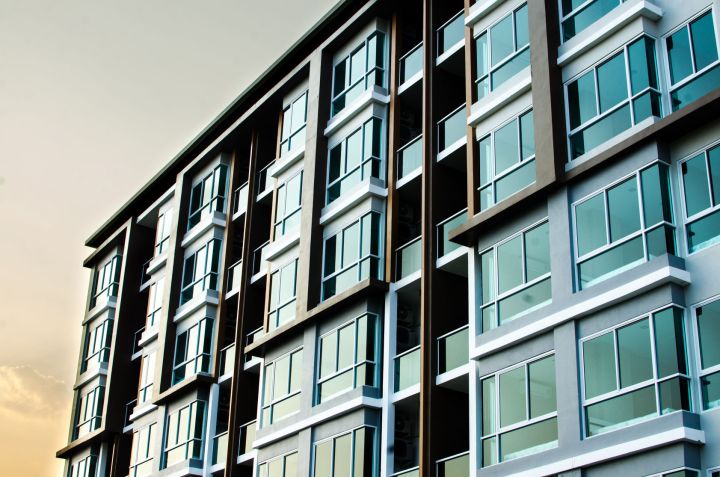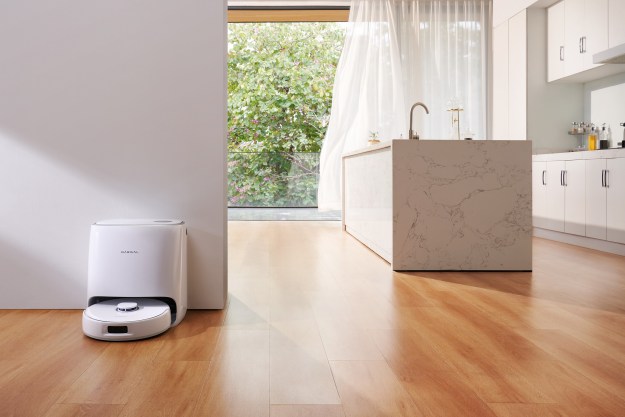
Here’s a key set of numbers from the RentCafé study: “From 2005 to 2015, the number of renter households who earn more than $150,000/year increased by 217 percent,” while there was only an 82 percent increase in the number of homeowner households within the same income bracket.
After the real estate crash in 2007 and 2008, many people switched from owning their own homes to renting, whether that was their plan or not. You might think richer people would see the opportunity and snap up properties at bargain prices that less well-off people either couldn’t afford or couldn’t qualify for. However, that doesn’t appear to be the case, based on the RentCafé analysis of the census data. “We also noticed that every single year since 2009, the largest increase in U.S. renter households came from high-income earners,” the study concludes.
The numbers mentioned so far have been based on percentage increases, which can be misleading because total numbers may look different. But even absolute numbers show the same trend of high-income renters, especially in cities where renter increase rates are much higher than average.
San Francisco is an extreme example of the wealthy renter trend. In San Francisco, rich renters increased by 35 percent in 2015 while renters at all other income levels decreased. Renter households earning more than $150,000 a year now comprise 25 percent of all San Francisco renter households, driven in no small part by the high home prices. And in 2015, more high-income households in San Francisco rented (56,591) than owned their own homes (54,445) — for the first time ever for the top income bracket. And this is certainly not because renting in San Francisco is inexpensive — the average monthly rental was $3,472.
Other cities where rich renter numbers are growing the fastest include Memphis, Tennessee; Phoenix, Chicago, and Detroit, as well as Charlotte, North Carolina; Portland, Oregon; San Jose, California; Austin, Texas; and Fort Worth, Texas. New York City wasn’t among the top 10 states showing rich renter growth, but nonetheless has the largest absolute number of wealthy renters. At 212, 000, New York City has close to four times the number of rich renters that San Francisco has.
Nationwide, there are seven times more homeowners than renters in the upper-income bracket. Overall, renters account for more than a third of U.S. households, with most earning less than $50,000 annually. What the RentCafé study found was signs of a shift among higher-income households in favor of renting urban luxury apartments rather than a house in the suburbs.



